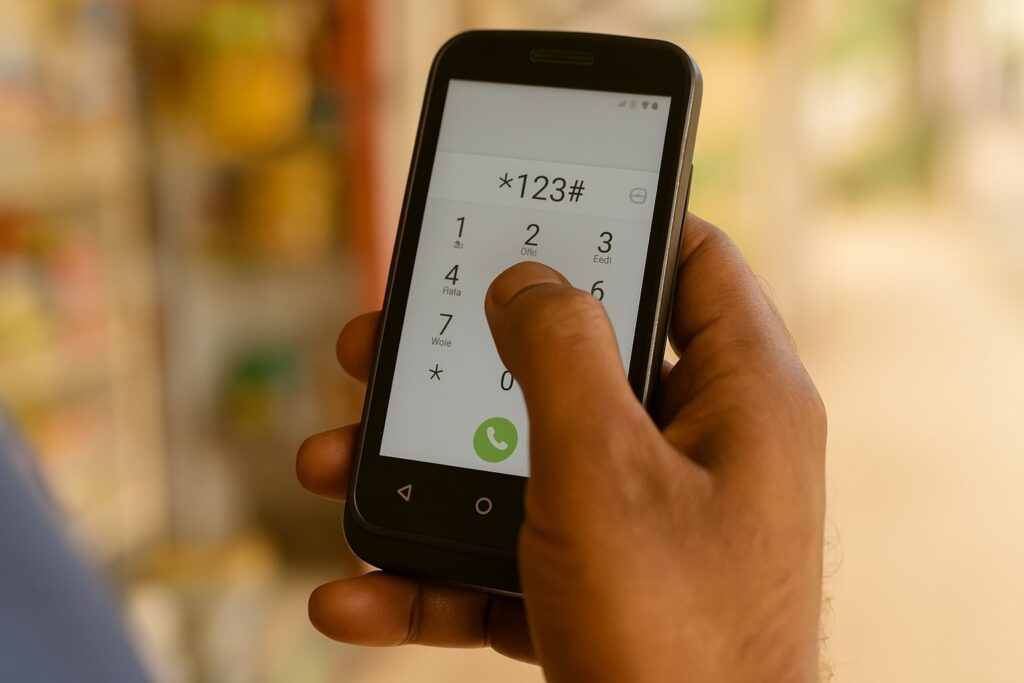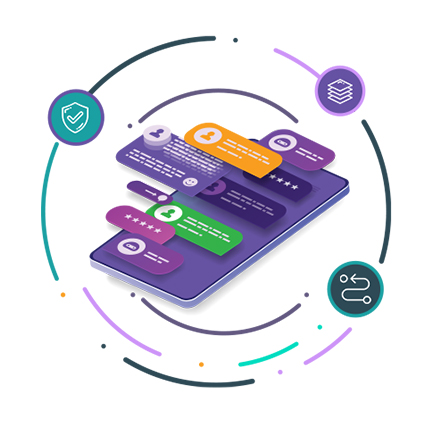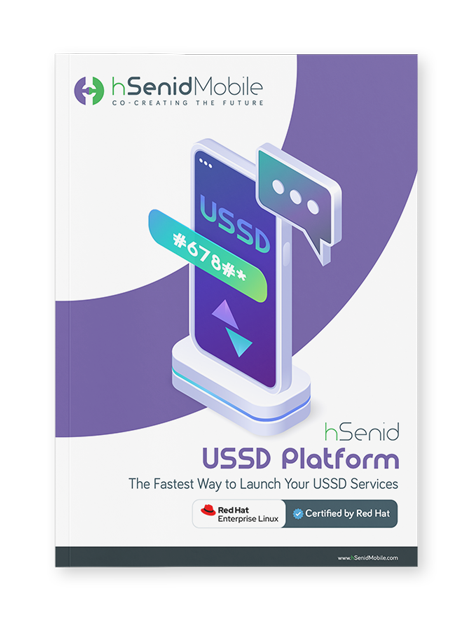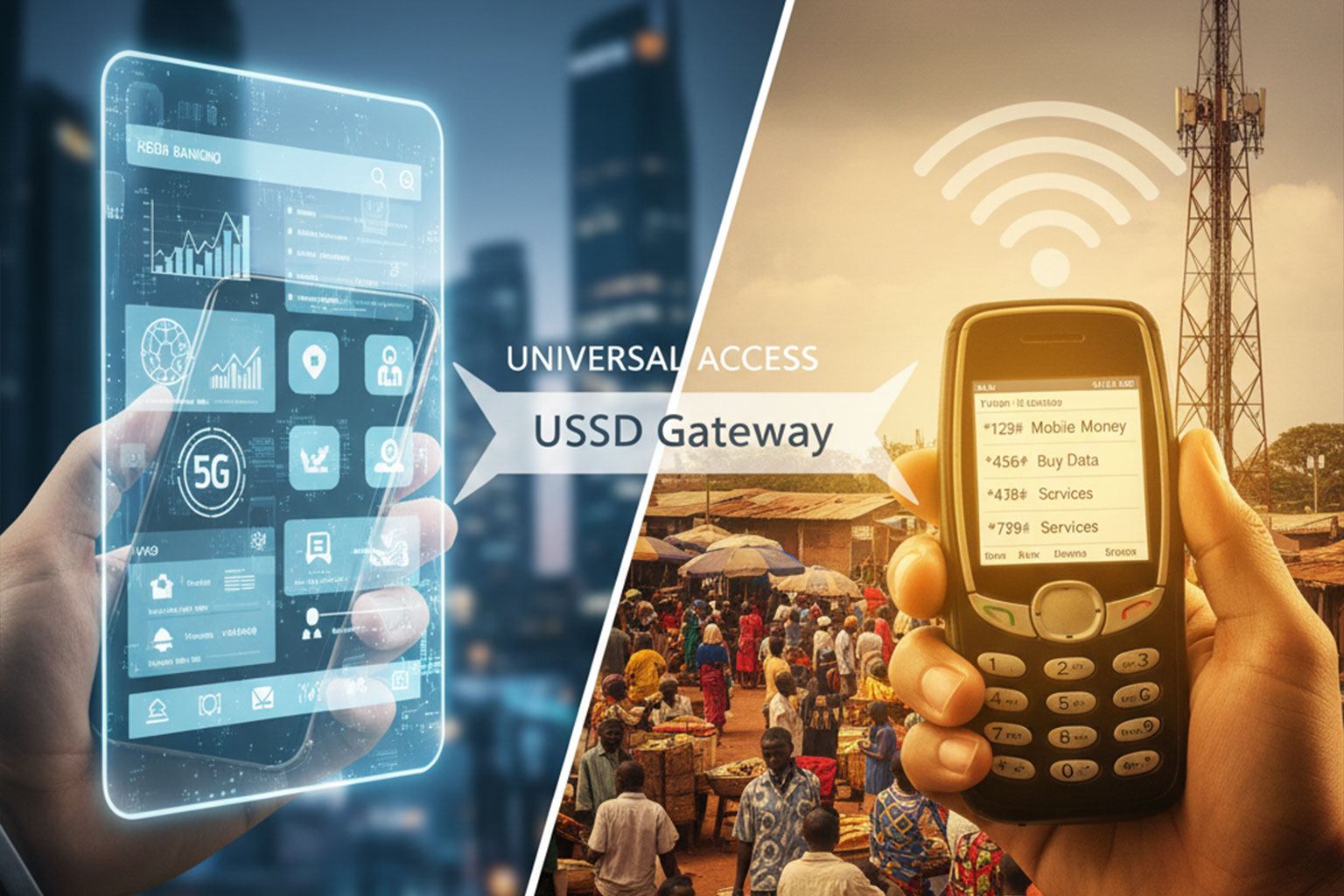In our daily lives, we often find ourselves needing quick access to essential services on our mobile phones. Whether it’s checking our balance, transferring money, or even recharging airtime, we want a process that’s fast and easy. That’s where quick codes or features come in. But have you ever wondered how to run a USSD code? These handy USSD services allow us to interact with our mobile network operators without needing an internet connection. Understanding USSD messages can open up a world of convenience, especially in areas where internet access isn’t always reliable.
If you’ve ever been curious about how to use these codes or if you’re looking to understand them better, this guide is for you. I’ll walk you through the basics of what they are and why they’re important to make your mobile experience smoother and more efficient.
These short message service commands are usually short, starting with an asterisk (*) and ending with a hash (#). For example, if you want to check your mobile balance, you might dial something like *123#. These codes can be used for all sorts of services, from checking your balance to accessing mobile banking. They’re especially handy on USSD codes for Android devices due to their native compatibility.
Here’s why they’re a big deal:
In short, these short message service tools make your mobile phone even more powerful, helping you access essential services anytime, anywhere.
If you’ve ever been curious about how to use these codes or if you’re looking to understand them better, this guide is for you. I’ll walk you through the basics of what they are and why they’re important to make your mobile experience smoother and more efficient.
What Exactly Are USSD Codes?
Let’s start with the basics. USSD stands for Unstructured Supplementary Service Data. While that might sound technical, it’s really just a fancy way of describing a type of communication between your phone and your mobile network provider. Unlike text messages (SMS), which get sent and then wait for a response, USSD messages create a live connection between you and your network. This real-time connection allows for an instant two-way exchange of information, also known as instant messaging.These short message service commands are usually short, starting with an asterisk (*) and ending with a hash (#). For example, if you want to check your mobile balance, you might dial something like *123#. These codes can be used for all sorts of services, from checking your balance to accessing mobile banking. They’re especially handy on USSD codes for Android devices due to their native compatibility.
Why USSD Services Matter
You might be thinking, “Why should I care about these services?” Well, they’re incredibly useful, especially in regions where internet access is limited or expensive. Quick codes or features allow you to access a wide range of services directly from your mobile phone without the need for apps or data.Here’s why they’re a big deal:
- Quick Access: Need to check your balance or recharge your phone? These services let you do that in seconds.
- No Internet Required: Perfect for when you’re in a place with poor internet coverage or when you’re trying to save on data.
- Versatile: From banking to customer service, USSD services can do a lot more than you might think.
In short, these short message service tools make your mobile phone even more powerful, helping you access essential services anytime, anywhere.

How to Run a USSD Code: A Step-by-Step Guide
Now that you know what these features are and why they’re useful, let’s dive into how to actually use them. It’s easier than you might think!Step 1: Know Your Code
The first thing you need to do is figure out the specific quick code or feature you need for the service you want to access. Every service, whether it’s checking your balance or transferring money, has its own unique code. These codes are usually provided by your mobile network operator and can often be found on their website or in the user manual that came with your SIM card.Step 2: Open Your Phone’s Dialer
Once you have the code, open the dialer on your phone—the same app you use to make calls. You’re going to enter the code just like you would dial a phone number.Step 3: Enter the USSD Code
Go ahead and type in the command. Remember, it usually starts with an asterisk (*) and ends with a hash (#). For instance, if you’re checking your balance, you might dial something like *123#.Step 4: Press the Call Button
After entering the command, press the call button. This action initiates USSD code running. It’s similar to making a phone call, but instead of connecting you to another person, it connects you to the service you’re trying to access.Step 5: Follow the On-Screen Prompts
After sending the request, your screen will likely display a response almost immediately. Depending on the service you’re using, this response could be as simple as showing your balance, or it might present you with a menu of options to choose from.For example, if you’re using a mobile banking feature, you might see options like:
- Check Balance
- Transfer Money
- Pay Bills
- View Transactions
All you need to do is press the number on your keypad that corresponds to the option you want and hit send. The system will guide you through the next steps. It’s usually very intuitive, so just follow along.
Step 6: Complete the Process
After you’ve made your selections, the service will either complete the transaction or display the information you requested. For example, if you were checking your balance, you’ll see the balance displayed on your screen. If you’re transferring money, you might get a confirmation message either on the screen or via SMS. That’s the power of USSD code running—simple and fast!Step 7: Exit the Session
Once you’re done, your phone will automatically exit the session. If it doesn’t, you can simply hang up by pressing the end call button.Wrapping It Up
These features are a powerful tool that can make your mobile experience faster and easier. Whether you’re checking your balance, performing a banking transaction, or recharging your phone, knowing how to run a USSD code puts a wide range of services right at your fingertips.With this guide, you now have everything you need to confidently use these quick codes or features. Remember, they’re here to make your life easier, so don’t hesitate to take full advantage of them! Whether you’re in a hurry, in a place with poor internet, or just looking for a quick way to get things done, USSD code running has got you covered. Explore how hSenid Mobile can provide you with the best USSD services to enhance your experience—check it out here!








